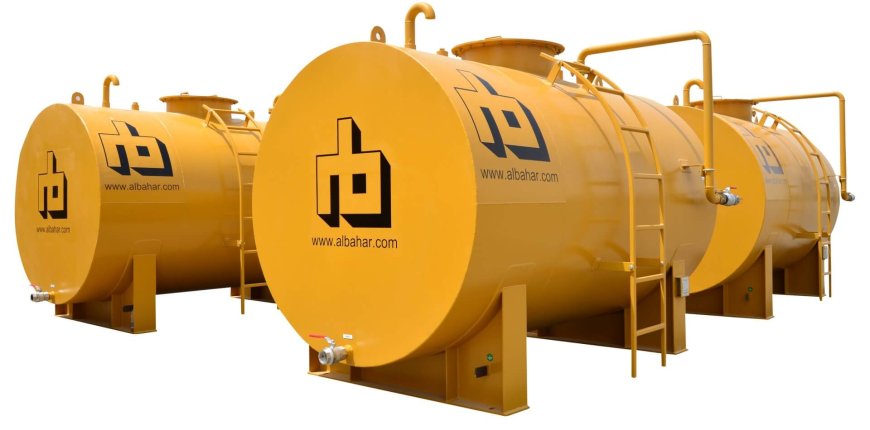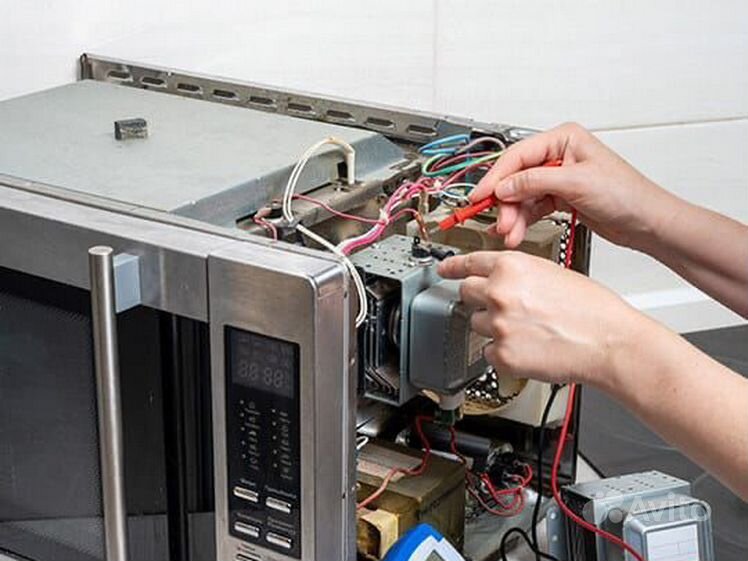What Are the Environmental Considerations for Above Ground Fuel Storage Tank Design in UAE?
Explore key environmental considerations for designing above-ground fuel storage tanks in the UAE, including safety, spill prevention, and regulatory compliance.

Designing an above ground fuel storage tank in the UAE involves more than just creating a vessel to hold fuel. It requires a comprehensive approach that integrates environmental considerations to ensure safety, efficiency, and sustainability. As the demand for fuel continues to rise, it’s crucial to address these considerations to protect the environment and comply with regulatory standards. In this article, we will explore key environmental factors for above ground fuel storage tank design in the UAE and how to incorporate them into effective design practices.
1. Site Selection and Environmental Impact Assessment
The first step in above ground fuel storage tank design is selecting an appropriate site. This decision is critical as it affects the tank’s environmental impact. Site selection should consider factors such as proximity to residential areas, water sources, and sensitive ecosystems. An Environmental Impact Assessment (EIA) is often required to evaluate the potential effects of the tank on the local environment. This process helps identify potential risks such as soil contamination, groundwater pollution, and air quality issues. Proper site selection and a thorough EIA are foundational to a responsible above ground fuel storage tank design.
2. Spill Prevention and Containment Measures
Spill prevention is a major concern in the design of above ground fuel storage tanks. Implementing effective containment measures is essential for minimizing environmental damage in the event of a spill or leak. Designing secondary containment systems, such as dikes or bunds, around the tank can capture spilt fuel and prevent it from reaching the surrounding environment. The design should also include features like automatic shutoff valves and leak detection systems to quickly address any issues that arise. These measures are not only a regulatory requirement but also a critical aspect of sustainable fuel storage practices.
3. Structural Integrity and Corrosion Protection
The structural integrity of an above ground fuel storage tank is vital for environmental protection. Tanks must be designed to withstand extreme weather conditions, such as high temperatures and sandstorms common in the UAE. Additionally, corrosion resistance is a key consideration due to the harsh climatic conditions. The tank design should incorporate materials and coatings that resist corrosion and prolong the tank’s lifespan. Regular maintenance and inspections are also necessary to ensure the tank remains in good condition and minimizes the risk of environmental harm.
4. Ventilation and Emission Control
Proper ventilation is crucial for above ground fuel storage tanks to manage vapour emissions. The design should include ventilation systems that allow for the safe release of vapours and prevent the accumulation of hazardous gases. Additionally, emission control measures such as vapour recovery systems can reduce the environmental impact of fuel storage operations. These systems capture vapours that would otherwise be released into the atmosphere, thereby reducing air pollution and contributing to environmental sustainability.
5. Fire Safety and Emergency Response Planning
Fire safety is another critical aspect of above ground fuel storage tank design. The UAE’s hot and dry climate increases the risk of fire, making it essential to incorporate fire prevention and emergency response measures into the tank design. This includes the installation of fire suppression systems, such as foam systems or sprinklers, and the creating of detailed emergency response plans. These plans should outline procedures for dealing with fires, spills, and other emergencies, ensuring that all potential environmental risks are managed effectively.
Conclusion
Incorporating environmental considerations into above ground fuel storage tank design is essential for ensuring safety, compliance, and sustainability in the UAE. From site selection and spill containment to structural integrity and emission control, each aspect of the design process plays a role in minimizing environmental impact and promoting best practices in fuel storage.
For businesses looking to implement these environmental considerations effectively, Al-Bahar MCEM offers comprehensive solutions for above ground fuel storage tank design.
Their expertise in engineering and environmental management ensures that all aspects of tank design meet the highest standards of safety and environmental protection.
Al-Bahar MCEM’s innovative approach and state-of-the-art technologies provide the necessary tools to achieve a sustainable and compliant fuel storage system. By partnering with Al-Bahar MCEM, you can ensure that your above ground fuel storage tank design not only meets regulatory requirements but also contributes positively to environmental stewardship in the UAE.
What's Your Reaction?
 Like
0
Like
0
 Dislike
0
Dislike
0
 Love
0
Love
0
 Funny
0
Funny
0
 Angry
0
Angry
0
 Sad
0
Sad
0
 Wow
0
Wow
0
















































